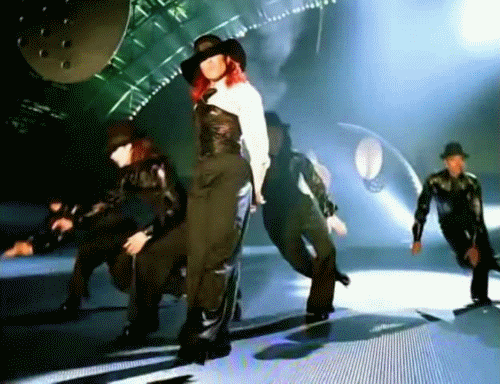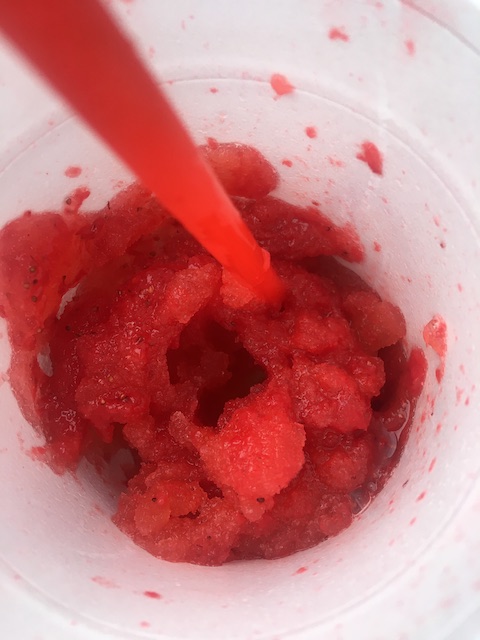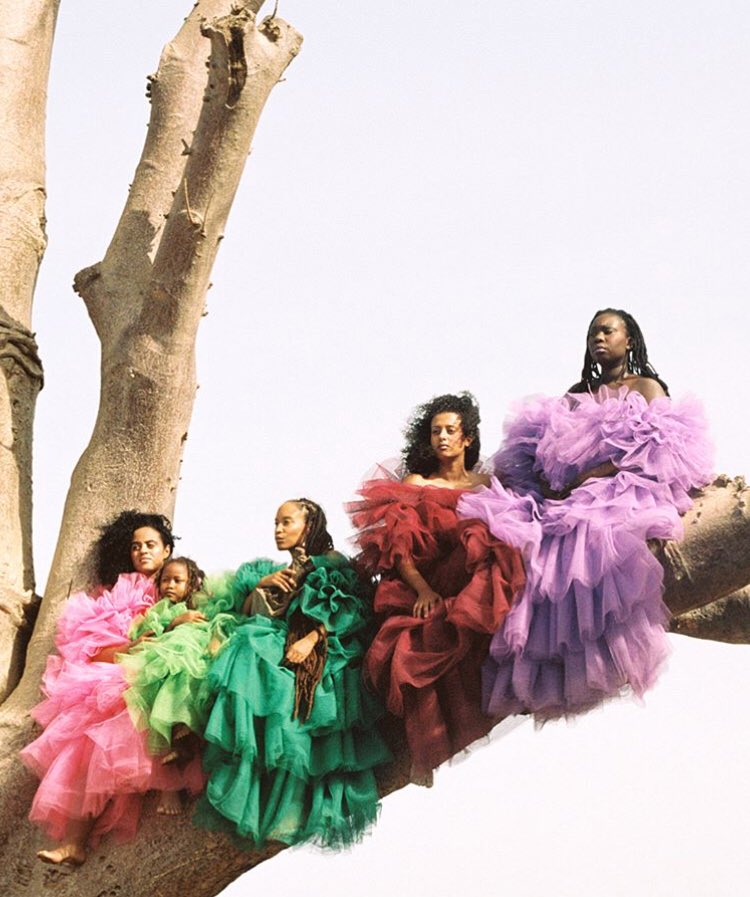Photo Capture #1: Yoko Araki by Nobuyoshi Araki
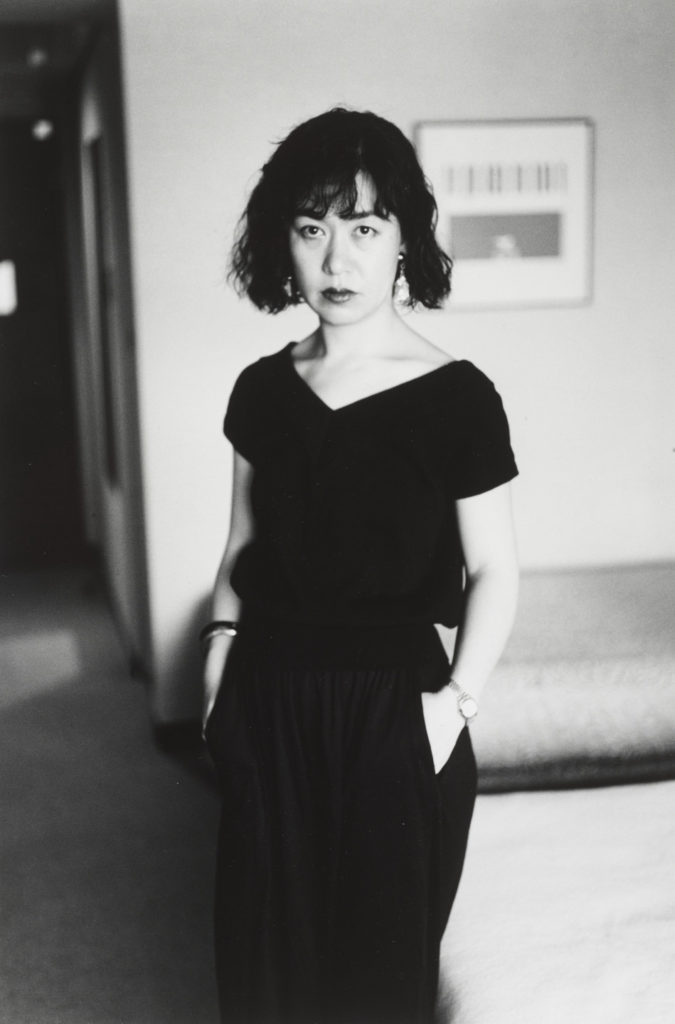
Howdy! Happy New Year – it’s been a while. Writing and updates forthcoming here, but for now, just a brief note – a photo haunting.
I think Twitter is behaving like tumblr in its golden age – I keep discovering random things (mind you, without the algorithm) by searching for terms that generate unintended results. A couple days ago, I came across a series of pictures that haven’t left my mind. They’re shots of Yoko Araki, the late wife of Japanese erotic photographer Nobuyoshi Araki. They come from several of his photobooks, one of which documented his honeymoon with Yoko in 1971 and another which shows Yoko’s dying from cancer and its aftermath.
I am attracted to how the photos convey the ease of the quiet, the mundane, the ease, and the pleasure of being with someone and in the domestic. There’s Nobuyoshi’s gaze – that of the artist, the lover/voyeur/partner, the narrator – but Yoko seems to retain herself even as she receives the camera. I simultaneously relate and desire.

Accompanying photos: one | two | three | four | five
Related articles: Cercle Magainze | Nobuyoshi Araki’s photographed diary brings his wife to life
Where to purchase: Sentimental Journey
There are Black AIs/Cyborgs/Replicants in the Present.
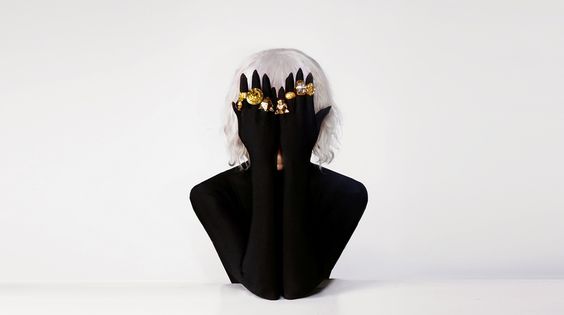
I am both disenchanted and wiped out from the Twitterverse. My physical and mental exhaustation is not Twitter’s alone nor is it large – post-job market, post-dissertation defense, and post-graduation, my body (particularly my lower back) is in deep recovery from successfully living and pursuing an academic life. I care for myself by being care-free: visiting friends or chatting with them on the phone, journaling, checking out and reading comic books, fiction, or non-academic non-fiction from my public library, going on dates, taking walks and exercising, and sleeping for how long I want and waking up whenever I want. I am restoring myself in pleasure and joy.
I have taken social media breaks before, and I was overdue for a Twitter break anyway. But in the context of all of these life-changes, I needed to step away from Twitter in particular. Unlike my (private) IG or Facebook, my Twitter has shifted from being a place to chat with my friends and laugh at internet jokes to being a profile of my academic digital self. As a graduate student, this was somewhat of a fraught space, ranging from peer surveillance (i.e. “are my colleagues judging me?”) to navigating the floods of job market anxiety and despair. But now that I am stepping into a new position, how I embody that space is even more fraught.
Or, at least, the Twitter space I temporarily left is fraught. Despite previously hearing about social media etiquette from senior academics, there is not a day on that site where the opposite doesn’t occur. Almost every week there is some scandal of “professors behaving badly” or punching down on folk lower in the academic hierarchy (i.e. contingent faculty, graduate students, undergraduate students, staff, etc). Twitter’s algorithms, especially when the feed isn’t set on “latest tweets,” encourages us to see mess that may be humorous or (increasingly) makes us angry. We are also living in a time of artificial precarity induced by systems that abdicate their responsibility to us, rising fascism, environmental collapse, a likely recession, (for those of us in the US) quotidian gun violence, and so on. We look at a digital mirror, which presents to us our Age of Anxiety and Paranoia. We feel intensely, and those who have the chainmail armor of seniority, status, and the cavalry to protect may be more at ease to punch down more often. My job transition sparks curiosity and reflection on how I want to show up as a professional, scholar, educator, and human in both the analog and digital. The State of the (Academic Twitter) World doesn’t.
“The Internet is a black woman, and we know this because we say we resent it, but we depend on it.”
Namwali Serpell, “Black Hole” in the New York Review (Published on March 26, 2021)
I do log into Twitter occasionally to browse through my bookmarks (I am a Virgo Jupiter + rising), and I catch sights of my feed. I saw a tweet that was in response to a news story about Google firing a whistleblower who contends that the company’s AI may be sentient. The tweet, which I am paraphrasing, said that AIs would easily gain rights and reinforce Black folks a sub-human category. But when I read it, I thought, what is to say that there are no Black AIs right now in the present? Or that AI could not easily join/or is not currently in a similar category to Blackness in the West, expendable, popular, mishandled, and superficially celebrated? These are my fleeting, undeveloped thoughts, for which I am sure many Black digital humanists and specialists in AI ethics and development have already answered or are theorizing. I connect my Black femmehood in part to the site of the cyborg, replicant, clone. Where womanhood was alien and felt impossible, the Rachaels, the Rei Ayanamis, the Hotaru Tomoes, the Motoko Kusanagis of sci-fi and anime were comforts and possibilities to be. None of them were Black, but that is a failure of imagination, not of reality. I believe Black AI are from the future, and they are already here. See also,
Related Directions:
🌙 Cassandra Osei, “Presumed Behemoth,” Doll Hospital Journal no. 3 (2016): 16 – 24.
🌙 Alexandra Thomas, “Black Millenial Femmehood: Qualeasha Wood,” Mousse 80 (May 30, 2022).
🌙 Jessica Marie Johnson and Kismet Nuñez, “Alter Egos and Infinite Literacies, Part III: How to Build a Real Gyrl in 3 Easy Steps,” the Black Scholar 45, no. 4 (2015): 47 – 61.
🌙 Janet Jackson, “Interlude: Online” (0:18) and “Empty” (4:32) on the Velvet Rope (1997).
🌙 mooncrisis, “Space Babe Styles” moodboard.
In spite of you / Tomorrow will be another day.
Beyoncé’s Archive.

Beyoncé enjoys a specific kind of power few Black women ever attain, and it’s part of why Black women are among her most devoted fans. Here is a Black woman creating clear boundaries about how much of herself will be accessible to us. “You get this much and nothing more,” she seems to be saying. Her art exists for your consumption, but her body itself does not.
“Black Madonna: Deciphering the Gospel of Beyoncé” by Cate Young for Bitch Magazine no. 77 (Winter 2018), p. 5.
Anytime she wants to remind herself of all that work—or almost anything else that’s ever happened in her life—all she has to do is walk down the hall. There, across from the narrow conference room in which you are interviewing her, is another long, narrow room that contains the official Beyoncé archive, a temperature-controlled digital-storage facility that contains virtually every existing photograph of her, starting with the very first frames taken of Destiny’s Child, the ’90s girl group she once fronted; every interview she’s ever done; every video of every show she’s ever performed; every diary entry she’s ever recorded while looking into the unblinking eye of her laptop.
Beyoncé’s inner sanctum also contains thousands of hours of private footage, compiled by a “visual director” Beyoncé employs who has shot practically her every waking moment, up to sixteen hours a day, since 2005. In this footage, Beyoncé wears her hair up, down, with bangs, and without. In full makeup and makeup-free, she can be found shaking her famous ass onstage, lounging in her dressing room, singing Coldplay’s “Yellow” to Jay-Z over an intimate dinner, and rolling over sleepy-eyed in bed. This digital database, modeled loosely on NBC’s library, is a work in progress—the labeling, date-stamping, and cross-referencing has been under way for two years, and it’ll be several months before that process is complete. But already, blinking lights signal that the product that is Beyoncé is safe and sound and ready to be summoned— and monetized—at the push of a button.
And this room—she calls it her “crazy archive”—is a key part of that, she will explain, so, “you know, I can always say, ’I want that interview I did for GQ,’ and we can find it.” And indeed, she will be able to find it, because the room in which you are sitting is rigged with a camera and microphone that is capturing not just her every utterance but yours as well. These are the ground rules: Before you get to see Beyoncé, you must first agree to live forever in her archive, too.
“Miss Millennium: Beyoncé” by Amy Wallace for GQ Magazine (January 10, 2013)
Perhaps the most important way that the Crazy Archive is different from yours and mine is that Beyoncé owns it. It’s not a surprise that that candid photos and dishy stories about celebrities have a monetary value. That’s not new. What is new is that our stories and images are also valuable. When we create our digital archives, knowingly or not, we’re creating intellectual property that has an exchange value. You post photos to Facebook, I want to look at them, and that desire creates a space that can be sold to someone trying to sell something to me. Your archive is valuable, but you’re not the one getting paid when it gets sold.
“Beyoncé and the Crazy Archive” by Kevin Buist on Medium (February 13, 2013)
The first result in Google after searching the keywords Beyoncé archive is Vault: Beyoncé. The second is on Archive.org.
Gonna break it down.
On Distractions
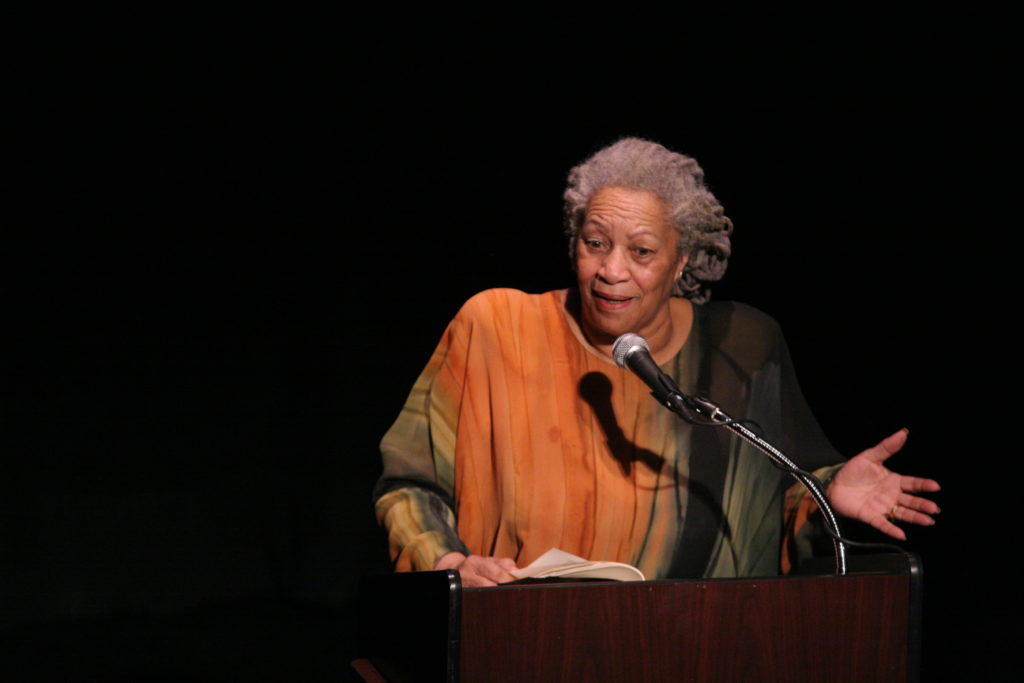
Now, let me tell you what Toni Morrison said. She said racism was a distraction from her work. We can’t be distracted by their foolishness. Let them look for the problem.
Let them look for the problem. Don’t you look with them. You already know it’s not a problem. We already know critical race theory is not being taught in public schools.
Listen, that is a distraction. While they’re arguing about critical race theory and social and emotional learning, culturally relevant pedagogy, let them look for that problem.
Guess what I’m going to do? Teach my ass off.
Dr. Tip, “Ep 66: Finding What You Seek,” tellemtiptoldyou
I’m still going to teach. I’m still going to teach the truth, and you won’t distract me.
my morning is summer.
I didn’t get car culture when I was younger. As a teen, I didn’t have a car to drive to and from high school. I didn’t wait for senior year to take my car out to whatever fast food joint for lunch (didn’t sneak out for lunch in junior year either). I wasn’t hoping I could speed without getting caught but eventually getting a ticket anyway. I lived a block away from my high school, so I didn’t drive to go anywhere until I went to college.
But in the pandemic times, I get it (let’s be real: I loved the metro but I missed driving when I lived in São Paulo). The thing that has brought me joy is cruising down the street in my parents’ car, going wherever I can go instead of feeling confined and claustrophobic. It is the best thing in the summer to drive aimlessly: to the park, to a sunflower field, on the highway to stop in front of horses and cow farms. Maybe these are the most Midwest summer things to do, but stopping at Sonic and ordering a deeply dyed strawberry syrup slushie probably takes the cake. I get why my classmates did it. What else is there to do?
But it goes beyond the lack of “lack.” It’s taking pleasure in the manufactured comfort of suburbia, the slowness of Kansas summer. The stillness and renewing clarity of home.
Can I Nap? Can We Nap? Let’s Nap.
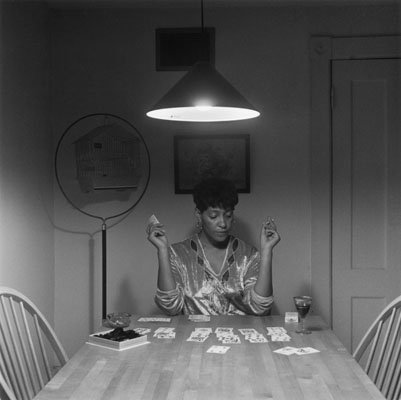
So how does a black woman combat burnout? Black girl magic, right?! I love this phrase. I use and repeat it often. I love the song by Janelle Monáe that repeats this phrase even more. But I can’t stop honing in on that word, “magic” — the idea that black women have had to subsist on their mystical powers to persist. Black women have had to rely on wizardry to make it through this tumultuous life. We must harness magic to succeed and thrive through this bullshit. After all burnout for black millennials is not just tiresome, but deadly.
The data is bleak. Not only are we paid 61 cents for every dollar our white, male counterparts make, but our telomeres (the ends of our chromosomes, which control aging and other key biological functions) are literally shrinking due to excessive oxidative stress factors like everyday racism. According to the Study of Women’s Health Across the Nation, “black women are 7.5 years biologically ‘older’ than white women.” Couple that with rising black maternal death rates, especially for black academics. If I succeed and push myself harder, I will increase my chances of fraying at the seams on a cellular level. Not only will I age faster (see: portraits of Obama before and after his presidency) and get sick faster, but I will also increase the difficulty of conceiving and then giving birth — all of this while hurtling faster to my death with more debt than any other group in American history. Burnout for white, upper-middle-class millennials might be taxing mentally, but the consequences of being overworked and underpaid while managing microaggressions toward marginalized groups damages our bodies by the minute with greater intensity.
[…]
What scares me now is that I’m starting to make the transition from middle-class to upper-middle-class, but most days, it still feels like I’m heading to the back of the bus: financially forward, but psychologically Rosa Parks in reverse. No matter how shitty a restaurant’s service is, I’m still compelled to tip over 20%, because I don’t want to exacerbate the stereotype that black people tip poorly. Or remember when Oprah was in Italy and worth billions, but the salesperson wouldn’t show her a $38K handbag, because she thought it was out of Oprah’s price range? Mmmhhhmm. Insert my permanent side-eye, which has been my fixed mood since birth.
Another question I’m afraid to ask myself: Am I burned out because I’m still subconsciously wanting the American dream to be true, despite the odds stacked against my skin color? Do I want to be the exceptional black person who actually makes it out of my circumstances? Or am I wanting to be something I will never be: a rich, white man — seemingly carefree, with a sizeable Roth IRA, unafraid to walk to his car at night without his keys Wolverine-d in his hands?
But if the American dream isn’t even possible for upwardly mobile white people anymore…then what the heck I am even striving for? Where do I actually see myself?
Excerpt from Tiana Clark‘s essay, “This is What Black Burnout Feels Like,” for Buzzfeed News.
Further reading and listening:
¹ Roxane Gay, “The Price of Black Ambition,” VQR. See also: Discussion on For Colored Nerds.
² Anthony James Williams, “Blackademia: navigating depression, desire, and deadlines,” Student Voices.
³ Sheldon Pearce, “Earl Sweatshirt Does Not Exist,” Pitchfork.
⁴ James Baldwin, “An Open Letter to My Sister, Angela Davis,” New York Review of Books.
If we know, then we must fight for your life as though it were our own—which it is—and render impassable with our bodies the corridor to the gas chamber. For, if they take you in the morning, they will be coming for us that night.
Therefore: peace.
Giving Myself a Chance // Softness, Hardness, & the Binds Between.
I sent a prayer to my ancestors. I asked for insights into my personal life and doors to walk through to begin my journey to another path. A path to be healthier and more secure in myself, and to be a better relation to the folks I am in relation with. I prayed to my grandmothers to help.
AND THEY DELIVERED GODDAMMIT!!! At the beginning of the year, I made a grave error, and it blew everything up. Cassandra as I knew her blew up…or did she/I? I literally do not know: I’m in the process of the process of trying to figure out what happened to me and what I did/did not do. Doors in the corners of my mind opened to more doors, until I came to the ocean floor. I’m not sure if I’m Asuka or Rei, or just a combination of them both. But I got there by going into the Pearl inside the Pearl inside the Pearl inside the Pearl inside the Pearl inside the Pearl of my body.
So now I sit with myself and my selves. Xangô is here, whereas Exú, ironically, has been here the entire time, in Cass₁. There is also a Cass₂. I don’t know which Cassie I am: it could be anywhere from Cass₃ to Cass₉. But they have all, excluding me, climbed out from my throat to force me to reckon with them: an intervention of sorts, but with cakes and notebooks and tea, on the surface floor.
One thing that has become clear in this intervention is that I have needs. I have ignored my needs for a long time, and right now I want care. I need care to be soft again.
Andi Schwartz, who I already profiled on this blog, published an essay on cultural politics of softness. It poses a number of points, especially that softness as a conceptual framework can be a real solution to addressing harm. Softness does not have to be a stand-in or short-hand for anything. It instead requires “vulnerability, emotionality, and earnestness” as a pathway to securing safety. Schwartz continues:
This stands in contrast to hardness, an approach that often relies on irony and sarcasm to shore up the image of infallible impenetrability. Hardness wants to appear unattached and unaffected. Hardness wants to believe it can pull itself up by the bootstraps. Hardness wants us to see this as strength.
Hardness, as an extension of neo-liberal and classic liberalism, encourages the breakdown of community ethos by tricking populations into believing they are individuals, and that individualism is the primary way to be. “Acknowledging our vulnerability,” Schwartz writes, “foregrounds our actual interdependent human nature, rather than pretending we could live without each other.” (more…)

